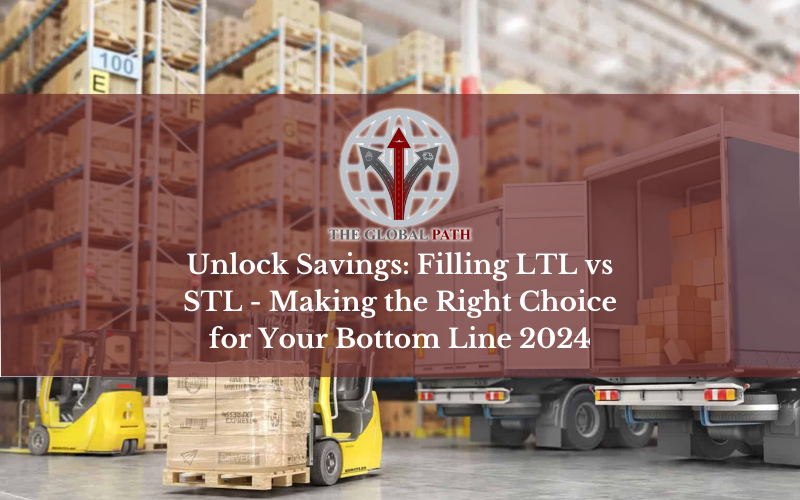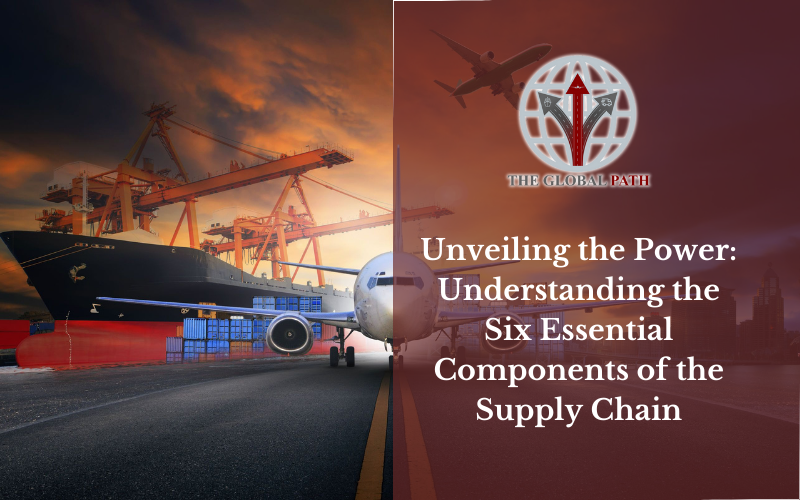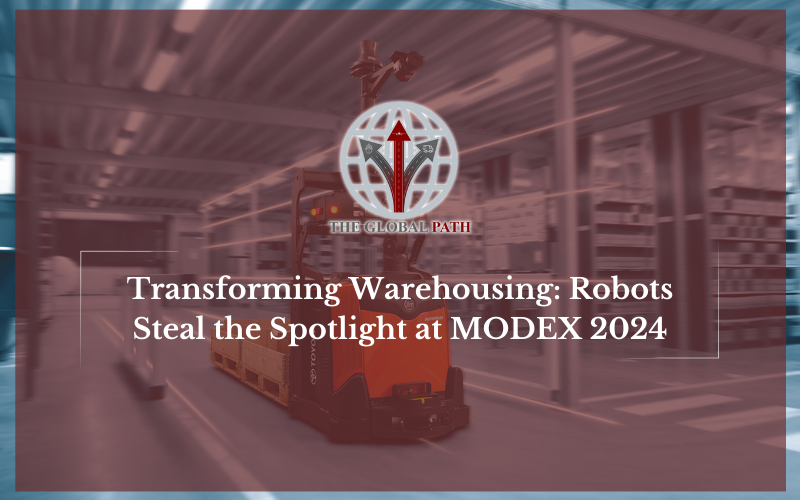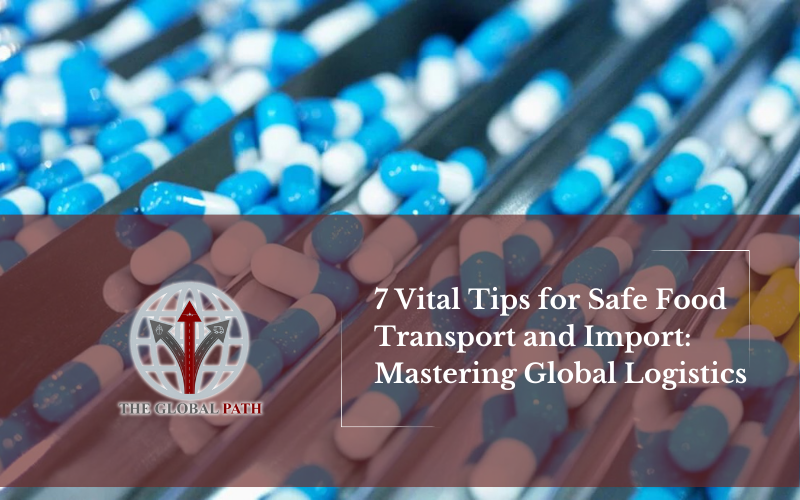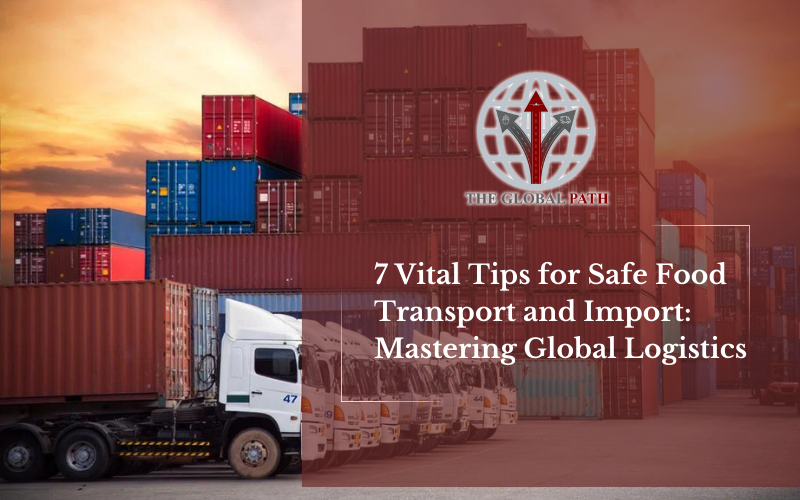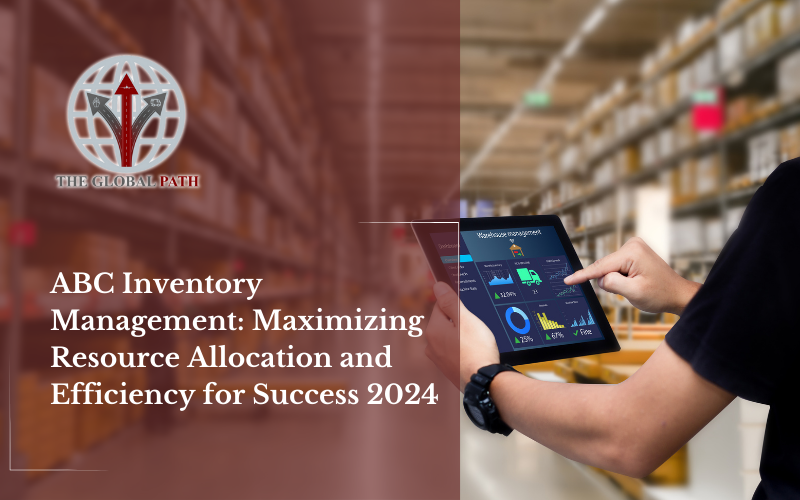The world has become a global village. Technology is the foundation on which it stands. Similarly, technology is the cornerstone for shaping global trade dynamics, especially if I talk about imports and exports. Today’s blog will be about technology and its impacts; we will see how its advancements have revolutionized how nations conduct business across borders and beyond, how the emergence of e-commerce platforms and the implementation of sophisticated supply chain management systems are connected to improve imports and exports. Technology has streamlined trade processes, making them more efficient and accessible to everyone than ever before.
Going further, we’ll explore the multi-dimensional effects of technology on imports and exports. We’ll also see how digital innovations have facilitated smoother transactions, accelerated the movement of goods, and expanded market reach for businesses worldwide. Last but not least, I will try to make the concepts of technologies like blockchain and artificial intelligence simple for you and also slice the ways how they are shaping new pathways for trade finance, logistics, regulatory compliance, and much more, so stay with me to learn technology and trade even better.
Blockchain Revolutionizing Supply Chains:
Let me give you a brief overview of blockchain. Fundamentally, blockchain technology comprises a decentralized digital ledger that safely logs transactions on various computers. It promotes trust and transparency in data exchanges by guaranteeing that recorded entries are irreversible.
This technology is particularly well-known in the financial sector, as it serves as the foundation for digital currencies like Bitcs. The potential goes far beyond finance, though.
Blockchain connects several records, or “blocks,” into a “chain.” Every block has information about a single transaction, such as the date, time, parties involved, and a unique code known as a “hash.” Once added to the chain, a block’s contents are available to all network users. Once data is added to a block, it is practically hard to remove or change it, thanks to the hash’s uniqueness.
Blockchain can be essential in the supply chain and import and export. It can make the packaging to delivery even more accurate by promoting the safe exchange of information because of its high transparency and data security. For instance, smart contracts’ self-executing code on the blockchain, which automates several tasks, including releasing payments after a successful delivery. Because transactions are only carried out when predetermined conditions are met, this lowers the risk of fraudulent activity. Moreover, it also promotes efficiency gains by eliminating the need for brokers and cutting down on the time and expense of third-party verification.
Reduced operating costs and quicker product delivery result from this optimized process. Similarly, other benefits are countless and include but are not limited to sustainability, decreasing costs, quality control, easy returns and exchanges, and much more.
The Internet of Things (IoT) in Logistics:
A technological revolution is occurring globally thanks to the Internet of Things (IoT). The logistics industry is one that IoT has had a significant impact on; in 2019, the global IoT in logistics market size was estimated to be $34 billion. According to other estimates, the industry will be worth $63.7 billion at a compound annual growth rate of 12.4% by 2026.
Here are a few applications where IoT can be very influential:
Monitoring and Tracking of Shipments:
Logistics organizations can track the location of shipments and keep an eye on real-time conditions like container temperature and relative humidity by using wireless devices like global positioning system (GPS) sensors, eSIM tags, and RFID tags. AI algorithms can analyze this data using IoT technology to help with route management and enhance security. They can also further anticipate new issues, like maintenance, to help avoid problems.
Inventory Control:
Inventory management can also be automated with IoT technology. For instance, RFID tags allow logistics firms to track products’ location and inventory levels in real-time when stored in warehouses. Businesses can enhance their forecasting and optimize stock levels by utilizing the automatically gathered inventory level data from IoT sensors and smart shelves.
Fleet Management:
Real-time vehicle location, weight management for trucks or trailers, and vehicle status and speed can all be obtained with IoT-enabled fleet management. In this manner, companies can reduce idle time and enhance fleet performance by optimizing routes and scheduling. These solutions can lower fuel expenses and support the monitoring of drivers for reckless driving behaviors.
The applications count down to so many in every import and export department. We have seen in recent years that new dimensions have been introduced to businesses by the presence of IoT.
Artificial Intelligence (AI) for Smarter Decision-Making:
The ability of artificial intelligence to perform predictive analytics has revolutionized the field of market demand prediction. Large data sets can be analyzed to improve inventory management, reduce overage and shortage risks, and produce accurate forecasts.
Customer compliance was another challenge back in the past. Still, now you can utilize artificial intelligence algorithms to guarantee regulatory compliance, speed up processing, improve accuracy, and provide a smooth customs experience. This expedites the entire trading process and guards against legal challenges.
Importers and exporters often face the challenge of differences in purchase and selling costs. Still, now it’s no worry with AI tools because they can help you maintain optimal quality and reduce purchasing costs by at least 10 to 15%. AI’s capacity to evaluate supplier performance, negotiate contracts, and find affordable solutions has made it essential to restructure international supply chains. Further, we expect a time when AI works in unison with the entire import and export ecosystem in both exciting and inevitable ways.
Robotics and Automation in Warehousing:
Moving on to the latest tech application, robotic warehousing. Unmanned machines that carry out particular warehouse or distribution center tasks are called warehouse robotics machines. Tasks. They aim to use intelligent automation to relieve human workers of hazardous and repetitive tasks. This kind of robotics helps warehouses attain higher levels of efficiency than strictly manual operations. It improves the environmental conditions of the facilities themselves by combining physical machinery with contemporary software.
Robots. And fulfillment automation systems come in various forms, but most are designed to perform a single warehouse task. This can involve activities like receiving and sorting, moving supplies, restocking, picking and packing, getting rid of waste, and making the best use of available space.
Data Analytics for Informed Decision-Making:
Data analytics is at the cutting edge of an unstoppable force accelerating businesses to new heights in the ever-evolving global market. Data analytics serves as the signal of potential for present-day enterprises. Data analytics is a powerful source of insights that helps businesses navigate a world where every decision can have a profound impact and help solve the mysteries of the contemporary market.
Advances in data analysis tools and artificial intelligence have created new opportunities for businesses to transform decision-making in real-time and enhance overall performance. The ability of data analysts to extract meaningful insights and business strategies from unprocessed data has increased demand for their services across various industries. In the trade sector, it can serve versatile benefits, one of which is informed decision-making.
Decision-makers have a robust and data-driven foundation thanks to data analytics. For example, data analytics can help them by bringing past data insights and how that data. helped boost sales or whatever the target is. It gives them the ability to know what has and hasn’t worked. With this knowledge, organizations can increase their chances of success by making well-informed decisions.
Here’s an example:
You are the owner of an import-export business, and you want to see the brand or goods you should keep in stock that customers are more likely to purchase. You can make an informed decision about buying the stock by referring to the past trends and goods your customers frequently bought and the reviews and comments you received.
Cybersecurity in International Trade:
Earlier this year, a ransomware attack against Costa Rica’s Ministry of Finance caused domestic and international business disruptions. Several weeks were spent at a staimports and exports from Costa Rica.
It emphasizes how crucial cyber security is to the interconnectedness of supply chains, governments, and enterprises worldwide. Threat actors target critical infrastructure, attack supply chains, and try to steal personally identifiable information, such as credit card and passport details. They range from illicit organizations and activists to solo hackers and rogue nations.
Considering how disjointed the global cybersecurity governance system is, you can actively work to improve your global digital strategy. Even though these initiatives might not always be successful, they will equip your business to handle cybersecurity issues when they arise. Among the acts are
creating a robust cybersecurity governance environment. Integrating cybersecurity features into the product is becoming a prerequisite for market access for many transnational digital products, including critical infrastructures like financial IT systems or 5G networks. It is recommended that businesses foster a cybersecurity culture among their leadership and product development teams in order to raise awareness of the critical role cybersecurity plays in their ability to succeed in the market. Companies should create a flexible cybersecurity governance framework that can effectively adapt to and comply with the various cybersecurity policies and regulations within the target markets and adherence to standards.
Conclusions:
The Crux of the above blog is that technology is reshaping import-export dynamics at a wrap speed. Recent innovations like blockchain, IoT, AI, and robotics. They all work in parallel to enhance efficiency and reduce business costs worldwide. These advancements enable smoother transactions, improved supply chain management, and better decision-making. However, despite these benefits, cybersecurity remains a critical concern, with recent cyberattacks disrupting international trade.
Vigilance in cybersecurity is essential to safeguard digital infrastructures and maintain trust in global trade networks. By embracing technological innovations while prioritizing cybersecurity measures, businesses can navigate the evolving import-export landscape with confidence and resilience. With a blend of innovation and caution, the future of global trade holds immense promise for greater efficiency, connectivity, and prosperity across borders.



